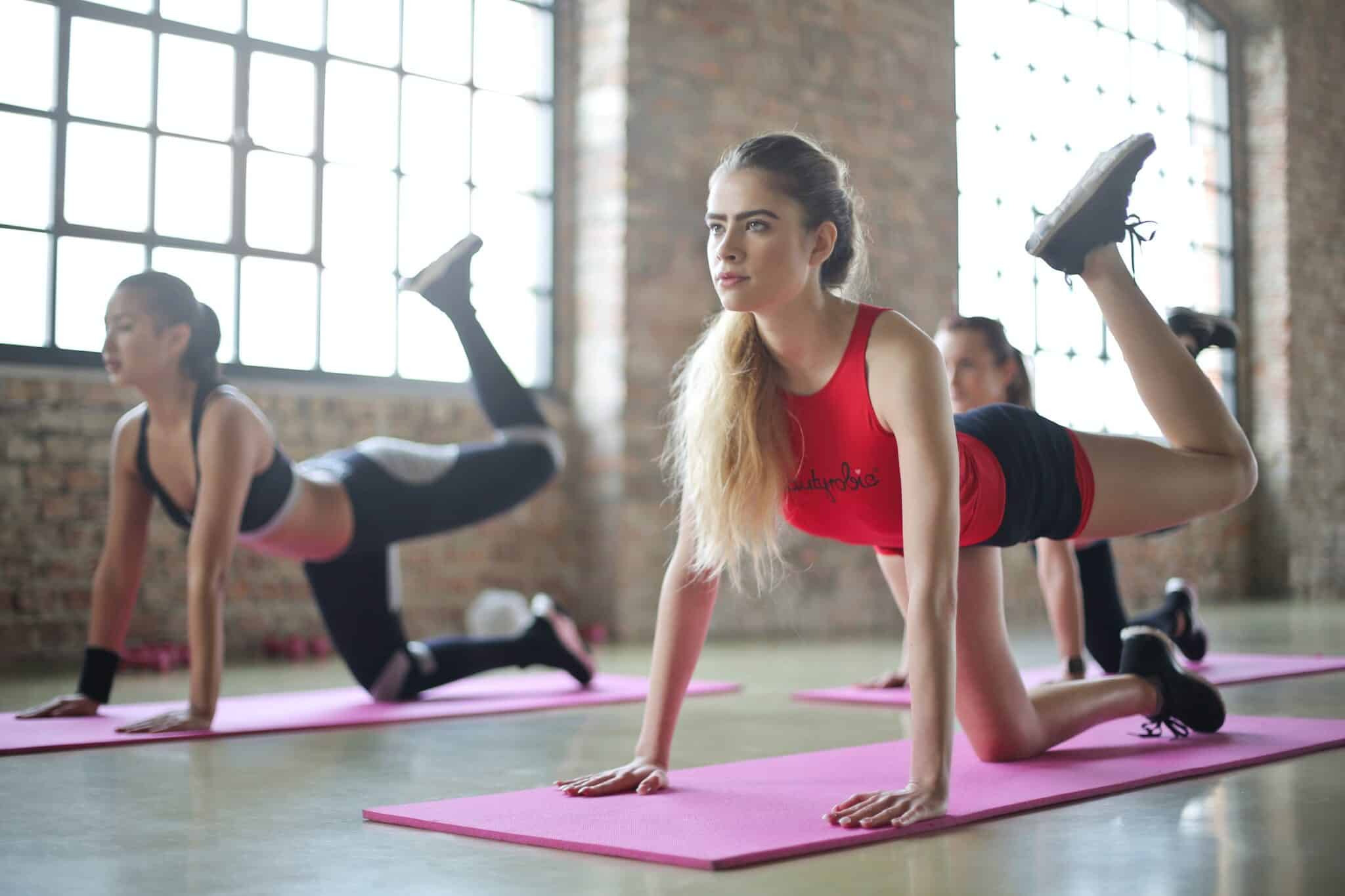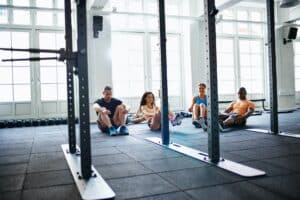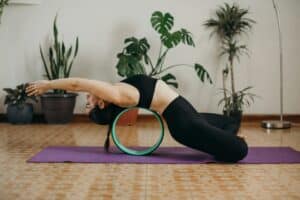Pilates is an exercise system that can help you sculpt a leaner body, improve your posture, and strengthen your core muscles. It’s also an exercise move that’s relatively easy since you only need a mat. While people are enthusiastic about it because it helps improve their body alignment, others need more accurate information. They may also need some clarification about it.
Today, our fitness instructors debunk eight common Pilates misconceptions.
Myth #1: Pilates and Yoga Are the Same
Pilates and Yoga have similarities yet have distinct characteristics. Yoga is an ancient practice focusing on reflection, meditation, and relaxation. On the other hand, Pilates emerged in the 1920s and emphasised more on control and structure.
You can add both to your workout routines to improve flexibility, endurance, core strength, and range of motion.
Myth #2: Pilates Only Works for Women
Joe Pilates invented “Contrology,” a practice that involves using mind power to control muscles and strengthen the core. Pilates and his German friends practised this exercise on the Isle of Man. Men and women can practise Pilates to improve their balance and support the joints and spine.
Myth #3: You May Not Be Flexible Enough
While it can be intimidating to try something new, Pilates is a great way to improve flexibility. It’s a low-impact exercise that strengthens and stretches your muscles to improve your joints’ range of motion. Pilates lets you become more flexible and reduce the risk of injury or further discomfort.
Myth #4: Pilates Is for Old People
This simply is not true! Pilates can be beneficial at any age. It improves balance, increases flexibility, and strengthens muscles; these are essential as you age. Following a Pilates program while you’re young may help you stay active and enable you to enjoy your favourite hobbies for longer.
Myth #5: It Only Works for Dancers
Dancers quickly embraced Joe Pilates’ routines. His exercise style helped people improve their strength, flexibility, and stamina. While Pilates remains essential for dancers, other athletes have also incorporated it into their workout routines. People can adjust Pilates’ difficulty and intensity to their unique needs, which best complements physical therapy.
Myth #6: Pilates Workouts Go Painfully Slow
You can do Pilates at different intensity levels, depending on how fast or slow you perform the exercise. When you exercise too quickly, you may miss working on essential details, such as the smaller muscle groups and exact form.
On the other hand, performing Pilates at a slower pace lets you get a more intense workout because you can target the form and sculpt the smaller muscles. Once you’ve perfected your structure, you can increase the speed to challenge yourself further.
Myth #7: It’s Too Easy to Do
If you had friends tell you that Pilates classes at the gym or on YouTube were too easy, they were doing it wrong. The wrong form will prevent the smaller muscles from getting the ideal workout, and the larger ones will take over. To maximise this exercise, do it with proper form, control, and intention. You can enrol in a one-on-one session or take a class with others.
Myth #8: Pilates Is Expensive
That’s not true! You can do different Pilates exercises without equipment and use affordable tools to enhance your workouts. Using a foam roller, weighted ball, Fletcher Towel, or magic circle, you can challenge yourself without hurting your wallet.
Getting a Healthier Body
Pilates is a low-impact yet excellent exercise system anybody can use to improve their flexibility, core strength, and range of motion. Using the correct form and consuming reliable information can help you maximise your workout routines.
If you’re looking for a high-quality gym near Nunawading with a sauna, you’ve come to the right place. Element Fitness operates 24 hours in Nunawading and Mitcham to help you maximise your gym membership. Sign up today to become a member!




